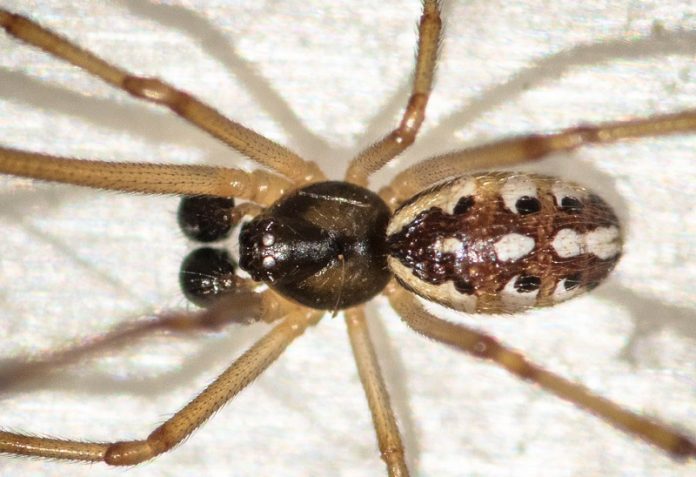
Researchers have discovered that invasive brown widow spiders on three continents are highly infected with a strain of bacteria related to chlamydia, called Rhabdochlamydia.
Fortunately, a bite from these spiders will not infect people with chlamydia.
Previously, Rhabdochlamydia was only found in a few organisms, including a tick, an isopod, a cockroach, and one other spider. Even in these hosts, it was rare.
Dr. Monica Mowery and her team at Ben-Gurion University of the Negev studied brown widow spiders from South Africa, Israel, and the United States.
They found that 86% of the spiders were infected with Rhabdochlamydia. The bacteria were also present in the eggs of female spiders, indicating that the bacteria are passed from mothers to their offspring.
“Our results suggest that this dominant, widely prevalent chlamydial bacteria has an important role in the invasive brown widow spider,” explained Dr. Mowery, now an assistant professor at the City University of New York.
The study was recently published in Scientific Reports.
Understanding the role of widespread bacterial infections is crucial for studying ecological interactions and how species respond to environmental changes. The high prevalence of Rhabdochlamydia in brown widow spiders suggests that it may play a significant role in the spiders’ ability to invade new areas.
The brown widow spider, Latrodectus geometricus, is an urban invasive species that competes with native spiders in warm climates around the world. These spiders have neurotoxic venom and can be dangerous to young children and the elderly.
Microbial associates can influence a species’ spread and success in new environments. The South African brown widow spiders had more diverse strains of bacteria compared to those in Israel and the United States. This higher microbial diversity supports the idea that the brown widow spider originated in southern Africa. The spiders were first found in Tel Aviv, Israel, in 1980 and expanded from southern Florida in the United States in the 2000s.
This research highlights the potential importance of bacterial infections in the success of invasive species like the brown widow spider.



